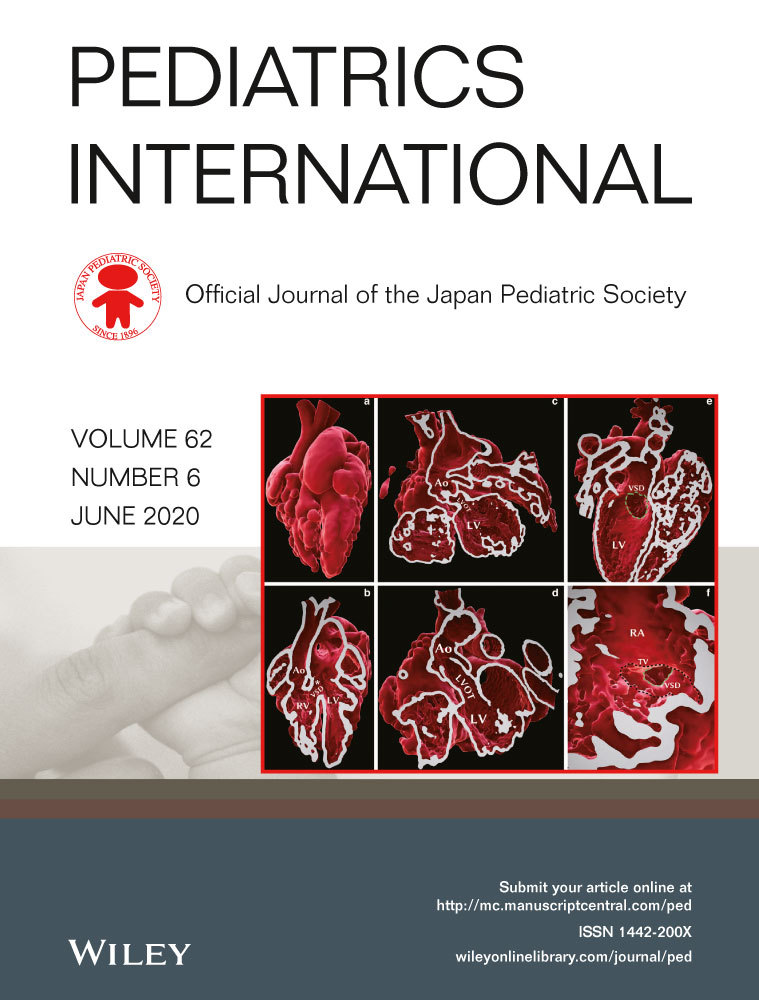Utilization and efficacy of palivizumab for children with Down syndrome
Abstract
Background
Palivizumab is a prophylactic drug used for severe respiratory syncytial virus (RSV) infection in young children with high-risk factors, such as prematurity and congenital heart diseases. Although Japan expanded the use of palivizumab for Down syndrome (DS) in 2013 regardless of additional high-risk factors, there is not enough evidence to support its use. We analyzed health insurance claim data from the JMDC (Tokyo, Japan) to investigate the prescription pattern and efficacy of palivizumab in children with DS.
Methods
We enrolled children of ≤24 months of age with DS at the start of the RSV epidemic season (2007–2015). We compared the risk of RSV-related admission with and without palivizumab prophylaxis using mixed effects logistic regression models accounting for patient-level clustering.
Results
Of 632 children, 30% (81/268) and 83% (303/364) received palivizumab before and after the expanded program (2007–2012 and 2013–2015), respectively. Among children with DS but without additional high-risk factors (n = 135), palivizumab use surged from 0% (0/62) to 73% (53/73). In the whole study population, RSV-related hospitalization occurred in 4.2% (16/384) patients with prophylaxis and 6.0% (15/248) patients without prophylaxis. The multivariate analysis revealed that palivizumab was associated with reduced RSV-related hospitalization (odds ratio: 0.41, 95% confidence interval: 0.18–0.92, P = 0.03).
Conclusions
Virtually all children with DS in Japan have now received palivizumab, the use of which was associated with a reduction in RSV-related hospitalization in DS. Further evidence is required to clarify whether palivizumab prophylaxis should be risk-tailored or universal for DS.
Disclosure
Dr Kawakami reports grants from Olympus Corporation, Sumitomo Dainippon Pharma Co., Ltd, Bayer Yakuhin Ltd, Stella Pharma Corporation, Novartis Pharma, CMIC Co., Ltd, Amgen Astellas BioPharma, Suntory Beverage & Food Ltd, Medical Platform Co., Ltd, personal fees from AbbVie GK, Mitsubishi Chemical Holdings Corporation, Takeda Pharmaceutical Company Limited, Daiichi Sankyo Company, Ltd, Shin Nippon Biomedical Laboratories, Ltd, outside the submitted work; and holds stocks in Real World Data, Co., Ltd. The other authors have no direct or indirect conflicts of interest.




